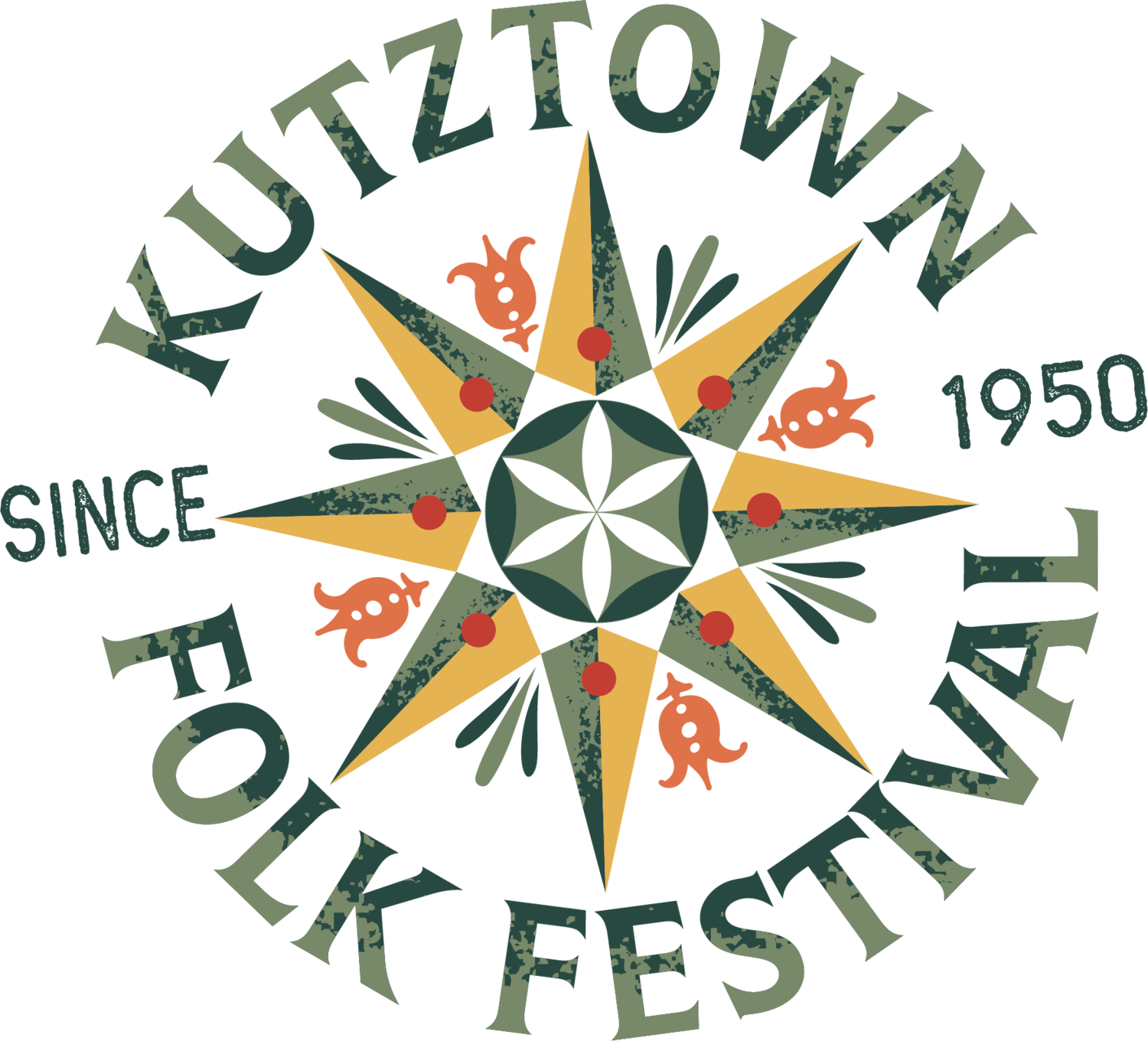Barn Stars and Hex Signs
Barns Stars and hex signs – nothing could be a more recognizable symbol of the Pennsylvania Dutch, nor be more clouded in mystery and superstition. Frequently thought to the same thing, these unique American artforms were both started in Berks County, Pennsylvania, but they are very different.
Barn stars are large painted geometric designs painted on barns, almost always a six, eight or 12 pointed star painted within a circle. Usually about four feet in diameter, they were painted directly onto the barn siding. Research has definitively dated them back as far as the late 1700’s, but nowhere can any superstitious meanings be attributed to them. In fact, the colorful and artistic Pennsylvania Dutch used these same designs on their furniture, bed quilts, birth and wedding certificates and just about every other aspect of their daily lives. There is no evidence that would suggest that these symbols were used for anything more than to beautify and enrich those things of everyday life that the Pa Dutchman was proud of. And there was nothing that the hardworking Pennsylvania Dutch farmer was more proud of than his barn. The first suggestion that these decorations had any superstitious meaning was in 1923 by Wallace Nutting in his travel guide “Pennsylvania Beautiful.” In retrospect, this reference may have been because of a misunderstanding of the Pennsylvania Dutch dialect by Mr. Nutting.
Hex signs are round pieces of plywood or masonite that have painted designs ranging from traditional barn star patterns to the Distlefinks, tulips, hearts, and doves so commonly associated with the PA Dutch hex sign. The transition from barn star to hex sign was started by Milton Hill at the Kutztown Folk Festival in 1952. Milton Hill was a barn star painter who demonstrated painting barn stars on large wooden panels at the Festival. Many of the visitors expressed a desire to take these stars home with them. Dr Alfred Shoemaker, the Festival Director, had a carpenter cut out plywood circles and Milton started painting his barn stars on these circles and selling them to the visitors.
The first true “hex signs” also had their beginnings at the Kutztown Folk Festival. In the late 1950’s, Johnny Ott, a somewhat mysterious Pennsylvania Dutch folk artist from Lenhartsville, found that if he started painting signs with superstitious meanings, they sold much, much better. He developed numerous designs with specific meanings, and in the early 1960’s started mass-producing these in partnership with Jacob Zook from © 1999 Lancaster. Before long, these designs were traveling the world over as we now refer to as “hex signs”.
So it would seem the story ends, but as with all things concerning these mysterious artforms, it may not be so simple. Numerous interviews suggest that Johnny Ott may have been a practitioner of “powwowing”, a Pennsylvania Dutch set of folk beliefs that have persisted even to the present in rural communities. Johnny Ott may very well have been putting “good luck hexes” into his paintings. No matter what the superstitions surrounding these symbols may be, the truth is that they are beautiful and unique American indigenous artforms that are native to Berks County, Pennsylvania. Their beauty and mystery have helped define the Pennsylvania German culture and countryside as unique in our American heritage.
